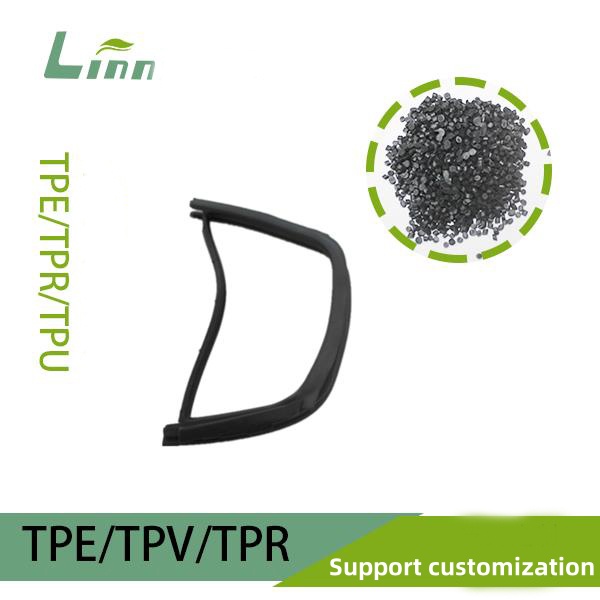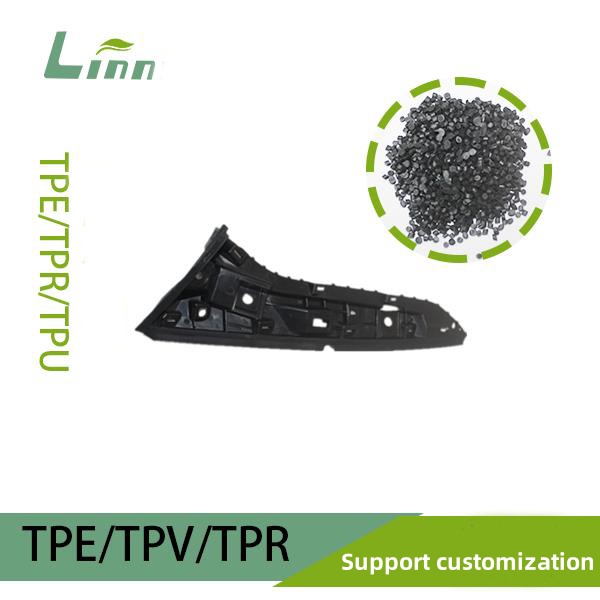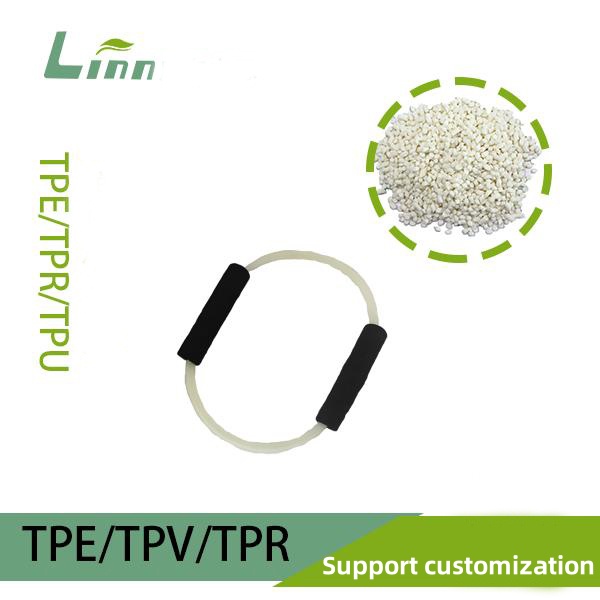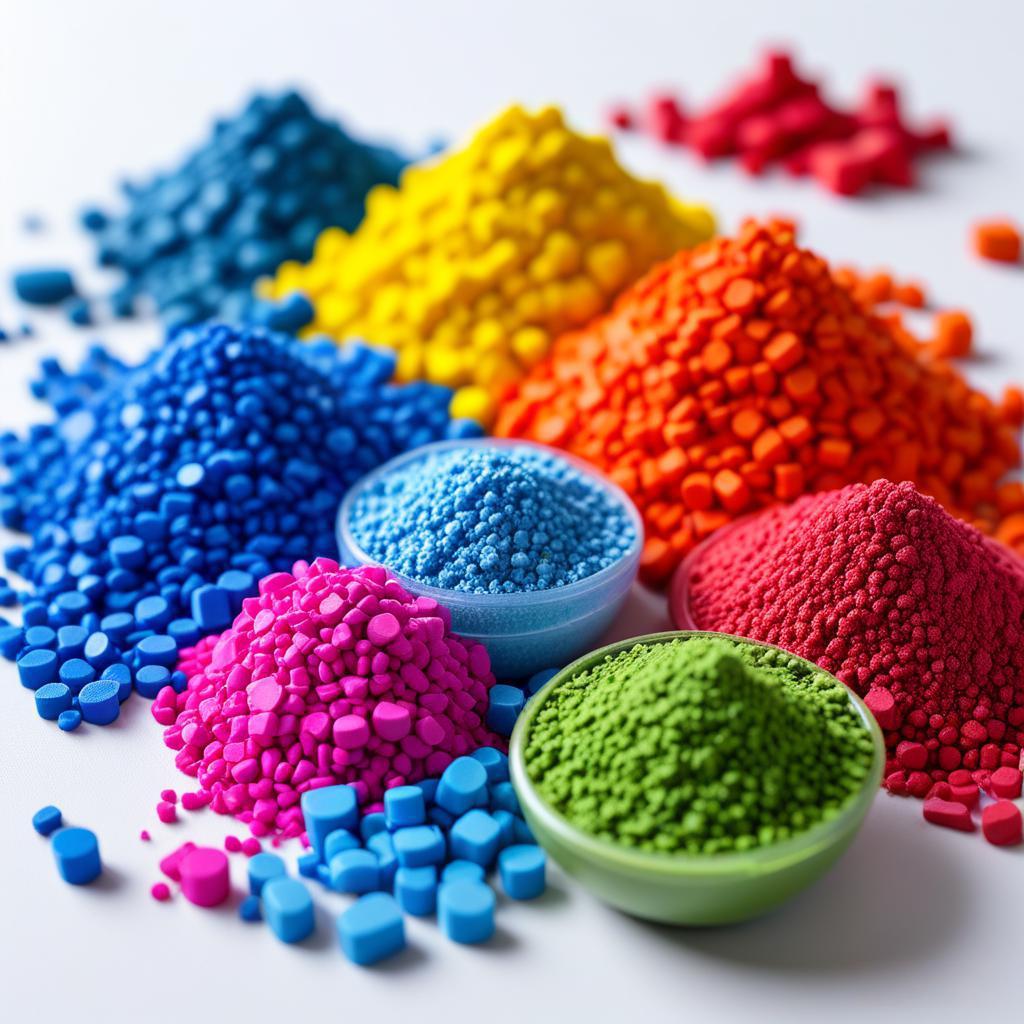Hey everyone! I’m a materials engineer at Linn, where I’ve been working with thermoplastic elastomers (TPE) for over a decade. If you’re reading this, I’m guessing you’ve hit a snag: your TPE product—maybe a yoga mat, a phone case, or a sealing strip—has gone stiff. It’s not bouncing back like it used to, and you’re wondering, “Can I soften it up again?” I’ve been there, both in the lab and helping folks like you troubleshoot this exact issue. Today, I’m going to break down why TPE hardens, what’s happening inside the material, and—most importantly—how to bring back that soft, flexible feel. Let’s dive in!

Why Does TPE Turn Hard in the First Place?
TPE is a superstar material because it combines rubbery stretch with plastic’s easy molding. But when it stiffens up, it’s a bummer. Over the years, I’ve seen this happen enough to know it’s not random—there are clear reasons behind it. Before we fix it, let’s figure out what’s going on.
From my time tinkering with TPE at Linn, I’ve narrowed it down to a handful of causes. Some are about how the material ages, others tie back to how it’s used or stored. Here’s what I’ve learned.
The Culprits: Why TPE Loses Its Softness
TPE’s magic comes from its mix of styrene-based elastomers (like SEBS or SBS), plasticizing oils, and additives. When that balance gets thrown off, the softness takes a hit. Here’s what I’ve seen cause hardening, based on lab tests and real-world feedback:
1. Loss of Plasticizing Oils
Those oils I mentioned? They’re what keep TPE pliable. Over time—or with heat—they can migrate out of the material, leaving it dry and stiff. I’ve seen this a lot with TPE left in hot cars or stored in sunny spots. Once the oil’s gone, the elastomer chains tighten up, and you’re left with a harder surface.
I remember testing a TPE grip that sat in a 104°F oven for a week. When I pulled it out, it felt like rigid plastic—oil had seeped out and evaporated.

2. Oxidation and Aging
TPE doesn’t love air and sunlight. Exposure to oxygen and UV rays breaks down the polymer chains over time, making them less flexible. This is a slow creep—think outdoor TPE gear left in the elements. I’ve dissected samples under a microscope and seen tiny cracks form as the material oxidizes, stiffening it up.
3. Temperature Extremes
Heat’s a double-edged sword for TPE. Too much (like leaving it near a radiator) can drive out oils or degrade the structure. Too cold (say, a freezer), and it temporarily stiffens as the molecules lock up. I’ve had customers call me about TPE seals hardening in winter, only to soften when spring rolled around.
4. Overuse or Mechanical Stress
If you’re bending or stretching TPE a ton—like a workout band—it can lose elasticity. The polymer chains get stretched past their limit and don’t snap back. I’ve seen this with TPE mats that got folded too tight for too long; they came out creased and firm.

How Hard Does It Get? A Quick Look
Not all hardening is equal—it depends on what’s causing it. Here’s a table I put together from my observations to show you what you might be dealing with:
| Hardening Type | Feel | Likely Cause | Common Examples |
|---|---|---|---|
| Dry and Brittle | Crumbly, cracks easily | Oil loss from heat | Sun-exposed phone cases |
| Stiff but Intact | Less stretch, still solid | Oxidation over time | Old yoga mats |
| Cold and Rigid | Hard but reversible | Low temperatures | Freezer-stored seals |
| Creased and Firm | Localized hard spots | Mechanical overstretching | Folded TPE bands |
This should help you figure out what’s up with your TPE. If it’s brittle and cracking, oil loss is likely the villain. If it’s just stiff but intact, aging might be at play.
Can You Soften TPE Again?
Here’s the big question: can you bring that softness back? The answer’s a cautious “yes”—but it depends on why it hardened. As someone who’s experimented with TPE more times than I can count, I’ll tell you straight: some fixes work better than others. Let’s walk through what I’ve tried and what actually works.
How to Soften Hardened TPE: Practical Fixes
I’ve spent years testing ways to revive TPE, both for Linn’s products and for folks asking for help. Here are the methods I’ve found most effective:
1. Warm It Up (Gently!)
Heat can loosen up TPE by relaxing the polymer chains and redistributing any remaining oils. Here’s how I do it:
Place the TPE item in a warm spot (95°F to 104°F) for a few hours—like near a heater (not on it!) or in a sunny window.
Or, soak it in warm water (under 104°F) for 20-30 minutes, then dry it off.
I tried this with a stiff TPE mat once. After a warm soak, it felt noticeably softer—though not 100% back to new. Just don’t overheat—above 122°F, you risk melting or worsening oil loss.

2. Apply a Safe Oil
If oil migration’s the issue, adding a compatible oil can help. I’ve used mineral oil (food-grade, unscented) with decent results:
Dab a tiny amount on a cloth and rub it into the TPE surface.
Let it sit for a day, then wipe off any excess.
I revived an old TPE grip this way—it soaked up the oil and got stretchy again. Stick to mineral oil—other types (like olive oil) can degrade the material. Test a small spot first!
3. Knead or Stretch It
For mechanically stressed TPE, working it by hand can break up stiffness. I’ve done this with bands or mats:
Gently stretch or knead the hard areas for a few minutes.
Pair it with warmth for better results.
A customer once sent me a creased TPE seal. After some kneading and a warm soak, the hard spots softened up. It’s not a full fix for aged TPE, but it helps.
4. Let Cold TPE Warm Naturally
If it hardened in the cold, just bring it to room temp (68°F to 77°F) and wait. I’ve seen TPE seals from a freezer soften up in a day once they warmed. No extra work needed—just patience.

Limits to Softening: What I’ve Learned
I’ll be real with you: softening isn’t always a total win. If the TPE’s lost too much oil or oxidized heavily, it won’t fully bounce back. I’ve run tests at Linn where aged samples stayed stiff despite my best efforts—think of it like wrinkles in skin; you can soften them, but they don’t disappear. For temporary hardening (cold or light stress), though, these tricks work great.
Preventing TPE from Hardening
Fixing it is one thing, but keeping TPE soft? That’s the dream. Here’s what I tell folks based on years of trial and error:
Store Smart: Keep it in a cool, dry place away from sun and heat. A drawer beats a car dashboard any day.
Avoid Overuse: Don’t stretch or fold it beyond its limits—give it a break.
Clean Gently: Use mild soap and water, not harsh chemicals that strip oils.
Quality Counts: Higher-grade TPE—like what we make at Linn—holds onto softness longer thanks to stable oils and UV resistance.
I’ve seen this in action. A client stored TPE mats in a shady closet, and they stayed soft for years. Compare that to a sun-baked batch that stiffened in months.

From the Factory: How Linn Keeps TPE Soft
Since I’m on the inside at Linn, I’ll let you peek behind the curtain. We design our TPE to stay flexible from the start:
Premium Oils: We use high-stability plasticizing oils that don’t migrate easily.
UV Protection: Additives like antioxidants slow down oxidation.
Testing: We age-test samples to ensure long-term softness.
I recall tweaking a formula for a TPE seal order. The first batch stiffened after a heat test; the second, with better oils, stayed pliable. It’s all about getting it right upfront.
Wrapping Up: Hard TPE Isn’t the End
So, there you have it—why TPE hardens and how to soften it back up. Whether it’s a warm soak, a dab of oil, or just some TLC, you’ve got options. As a materials nerd, I’d say don’t panic—most TPE can be coaxed back to life, at least a little. And if you’re grabbing new stuff, brands like Linn build in that lasting softness so you don’t have to fuss later.
Got more questions? Drop them below—I’m here to help!

FAQ Section
Q1: Can all TPE be softened again?
A: Not fully—if it’s old or oil-starved, you’ll get partial results. Freshly hardened stuff from cold or stress softens better.
Q2: How long does it take to soften TPE?
A: A warm soak takes 20-30 minutes; oil needs a day to soak in. Cold TPE might soften in hours at room temp.
Q3: Is hardened TPE still usable?
A: Yep, if it’s not brittle. Stiffness doesn’t kill function—just feel. Soften it if you can, or replace it if it’s shot.
Q4: Why does some TPE stay soft forever?
A: Quality materials and smart storage. Linn’s TPE, for instance, uses stable oils and resists aging better than cheap stuff.




